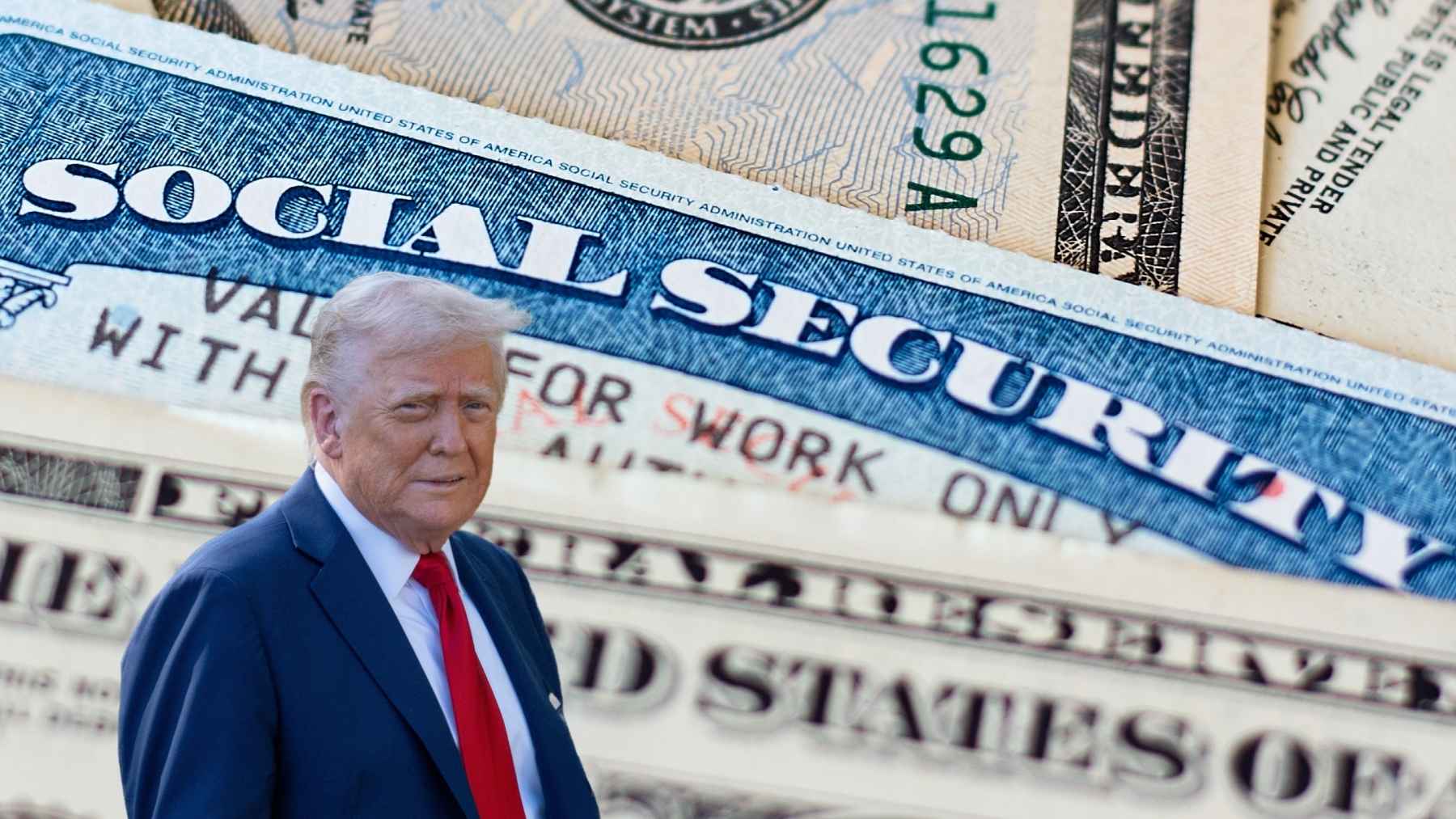After weeks of final deadlines, the government is now quietly walking back its plan to end all Social Security paper checks, just days after the official deadline passed. The softening of its stance on eliminating paper checks follows growing concern that thousands of seniors and disabled individuals could be left struggling to access their monthly checks.
A Push Toward Digital Payments
As of September 30, 2025, the Social Security Administration (SSA) officially stopped issuing physical paper checks for most retirees. This move marked the end of an era for mailed payments that began in 1940, when the first Social Security paper check was sent to the first recipient, Ida May Fuller.
The move comes from a March executive order signed by President Trump, directing the phase-out of paper checks to the extent permitted by law. According to the order, printed checks caused unnecessary costs, delays, risks of fraud, theft, lost payments, and other inconveniences. The Treasury Department emphasized that paper checks are 16 times more likely to be reported stolen compared to electronic transfers.
Besides the risks of fraud, theft, and delays, it costs the agency about 50 cents to issue a paper check, while an electronic transfer only costs 15 cents.
The aim of phasing out paper checks was to streamline federal payments, cut administrative costs, and fight fraud. So far, 99.4% of more than 69.5 million beneficiaries receive their monthly payments through direct deposit or the Direct Express debit card.
Millions Adjust, but Thousands Still Depend on Paper Checks
Although 99.4% of Social Security beneficiaries use electronic payments, the shift still affects a vulnerable group. As of September, approximately 400,000 beneficiaries were still receiving monthly Social Security checks via the mail, down from 456,000 in March.
According to the SSA, California had the highest number of recipients using paper checks, with 43,000, followed by Texas with 28,000 and Florida with 24,000. Most of these individuals are elderly, living in remote or rural areas that lack internet services and traditional banking systems.
The president of Social Security Works, an advocacy group, Nancy Altman, warned that phasing out paper checks could have detrimental effects on disadvantaged Americans.
“They lack the money to open bank accounts, maintain minimum balances, and pay bank fees,” Altman said. “They may lack the mental ability to navigate the world in any way other than getting a paper check and immediately cashing it to pay for their most basic needs, including food and shelter.”
Government Quietly Softens Its Deadline
While the SSA stressed that September 30 would be the final date for paper checks, the government now appears to be walking back that plan.
In a blog published on September 19, the SSA clarified that payments would not be paused for anyone unable to switch in time. .
“If you have no other way to receive payments, we will continue to issue paper checks,” the agency stated. “There are no plans to pause any payments starting October 1.”
Matthew Bilenki, director of finance and management at the SSA, also confirmed during a Financial Literacy and Education Commission meeting that the agency would continue issuing paper checks to beneficiaries who had no other means to receive payment.
How Beneficiaries Can Still Receive or Switch Payments
Here are the ways to transition smoothly to digital payments:
- Direct Deposit: Recipients with bank accounts can manage this option through their “my Social Security” account online.
- Direct Express Debit Card: Those without bank accounts can call 1-800-333-1795 or visit usdirectexpress.com.
- Waiver Option: Individuals who truly cannot use electronic methods can request an exemption by calling the U.S. Treasury at 1-877-874-6347.
Each mailed check sent to those still relying on paper checks now includes an insert explaining step by step how one can switch to electronic payments. Additionally, the SSA has been reaching out to beneficiaries directly by phone, mail, and email to help them switch to electronic payments.

